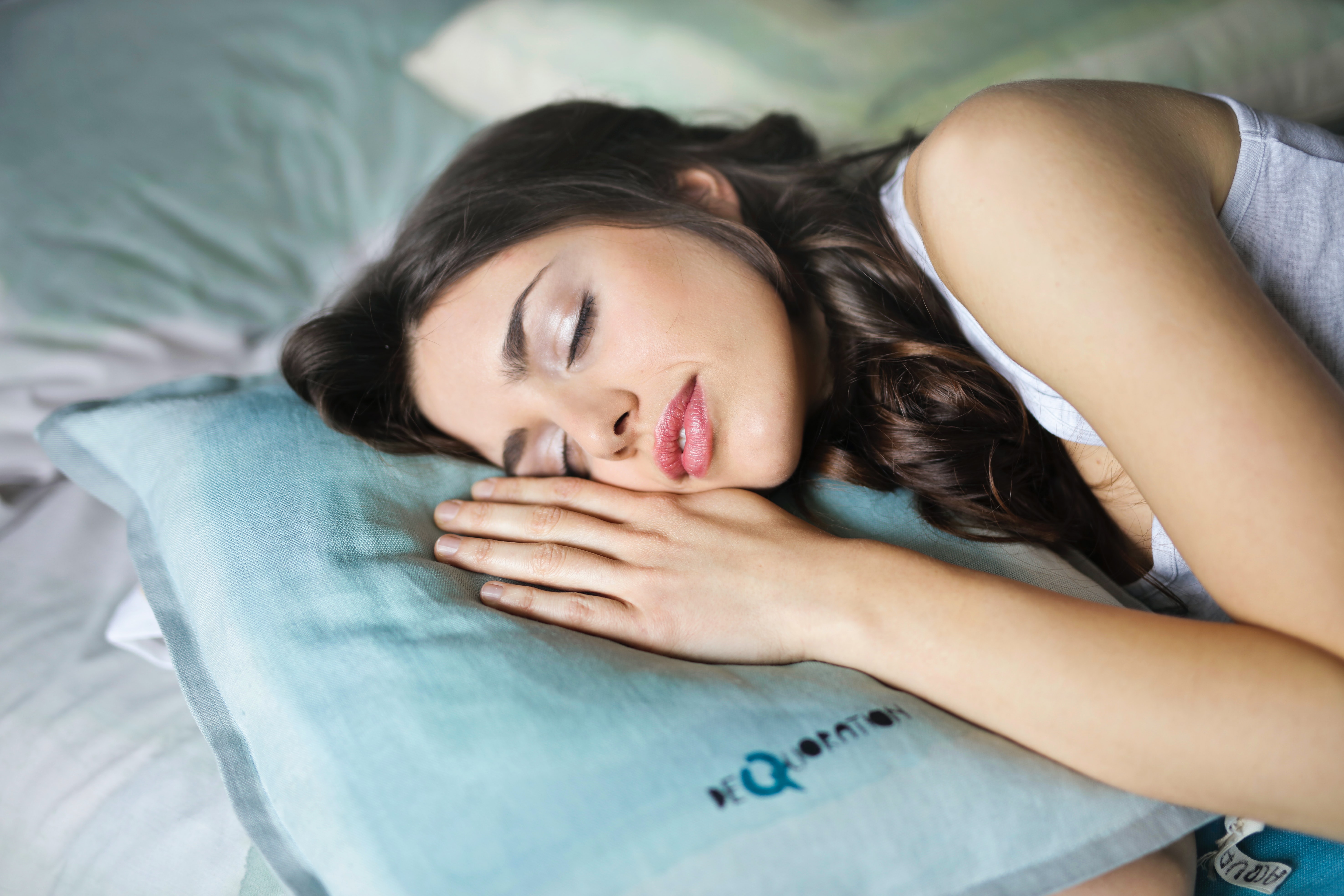 |
Prolonged exposure to LED light may induce myopia through disruption of retinal circadian rhythm, which may also be related to sleep quality. Photo: Bruce Mars/Unsplash. |
Myopia is projected to afflict 49% of the world’s population by 2050 in the absence of effective prevention and control measures. Fortunately, much research has been conducted in this area, with more options than ever to slow its course. Orthokeratology is a reliable method to prevent further progression, but potential demographic and lifestyle factors still exist that may put users at greater risk of progression even with use.
Researchers of one recent study wanted to review just what those demographic and lifestyle factors are. Analysis of 134 children with myopia, aged eight to 15 and who also were using orthokeratology was considered. Along with including a one-year follow-up, the retrospective design looked at factors of demographics, ocular parameters, near-work distance, outdoor activities and sleep quality.
Kids who belonged to the fast progressors group were found to be younger in age, had higher spherical equivalent (SE) values, shorter near-work distance and poorer sleep quality at one-year follow-up. Analysis indicated that baseline age, SE and total Pittsburgh sleep quality index scores were all associated with axial elongation (AL). Even further analysis revealed shorter average near-work distance, higher SE value and poorer sleep quality were associated with fast AL.
Expanding upon these findings, the study researchers state that these align with several previous studies, at least with the factors of age and baseline SE playing a role in the effectiveness of ortho-K to control AL lengthening. That is, older age and higher baseline SE are likely protective factors against greater AL progression.
The relationship between near-work distance, near-work duration, outdoor activity time and AL lengthening was also observed by the authors. Only near-work distance was found related to fast AL progression, prompting the authors to relay that “patients receiving ortho-K treatment should be informed of the importance of maintaining healthy and reasonable eye usage during treatment.”
One of the more notable findings was that of sleep quality and its effects on AL elongation, with poorer sleep quality mapping onto abnormally fast AL progression after ortho-K treatment. Baseline sleep quality was related to both AL change and fast AL progression; sleep latency and daytime dysfunction were found more severe in the fast AL progression group, too. While some previous studies have indicated poorer sleep quality is correlated with greater risk factor for myopia incidence, this study specifically focused on sleep quality’s relationship with ortho-K effectivity, a novel insight.
The authors explain that sleep quality may decrease melatonin levels, and melatonin may be a potential drug for myopia control in subsequent myopia development. Related to this, the researchers convey that “ortho-K treatment is performed during sleep, and its effect on sleep quality should be considered. Sleep quality itself affects myopia development through multiple potential pathways, which should be explored in future research.”
Yu D, Wang L, Zhou X, et al. Sleep quality is associated with axial length elongation in myopic children receiving orthokeratology: a retrospective study. Nat Sci Sleep. 2023;15:993-1001. |

